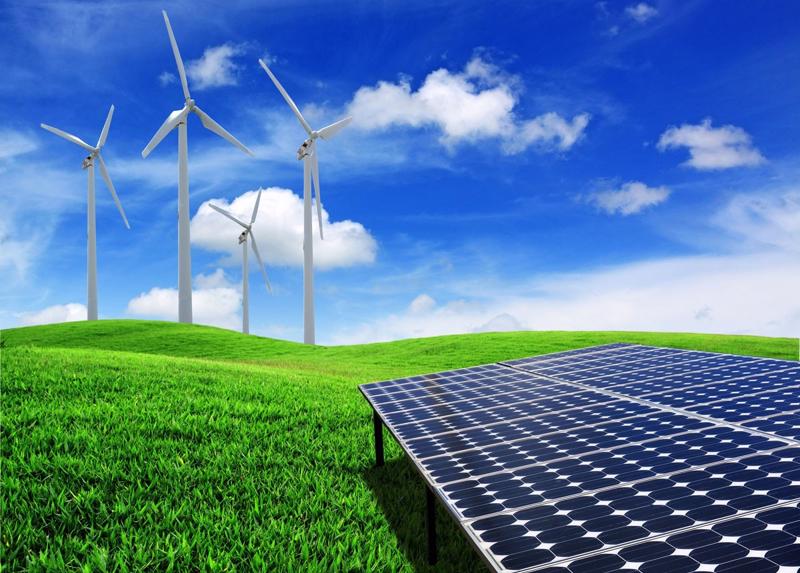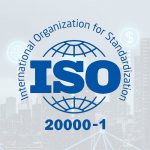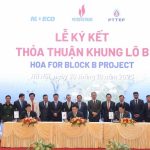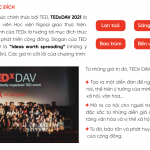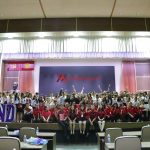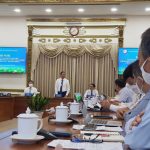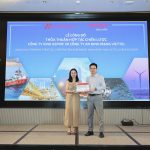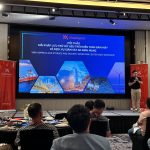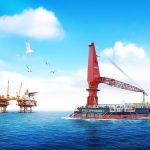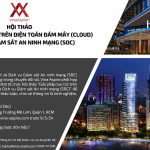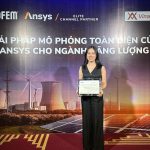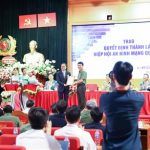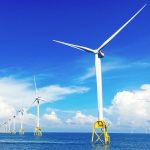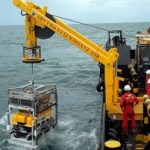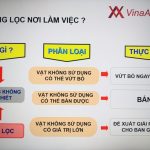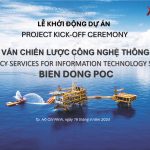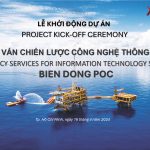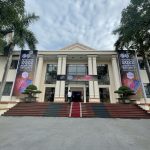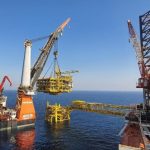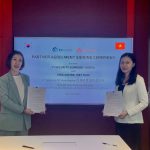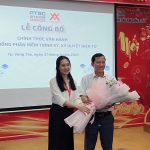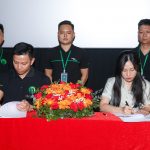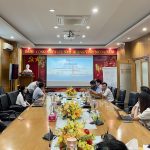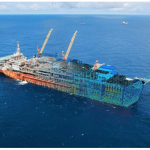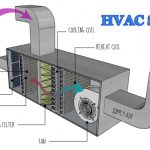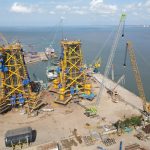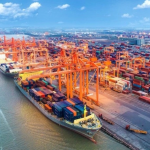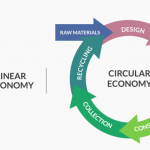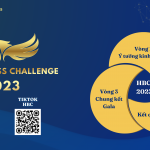To achieve climate change goals, global carbon emissions need to peak by 2025 and then decline by 50% by the end of the decade. At COP26, Vietnam committed to achieving net zero emissions by 2050. Clearly, the urgent action and solution now is: The world needs to triple renewable energy capacity and increase Strong increase in investment (up to 5.7 trillion USD per year until 2030) to achieve the goal of limiting warming to within 1.5 degrees Celsius (according to the Paris Agreement).
The fourth quarter of this year is an important time for the world to shift focus from goals to implementing set commitments, before the COP28 Conference.
However, this transition does not depend solely on renewable energy sources. To support wind and solar power, Vietnam needs to build a flexible and reliable power system at optimal costs. Don’t hesitate any longer.
Renewable energy (RE) is quickly becoming the most cost-competitive power source in the world. Setting ambitious renewable energy targets and deploying wind and solar power at scale is essential to achieving Net zero. However, we are likely to miss out on trillions of dollars of investment in wind and solar power if we continue to build more power plants that lack flexibility.
For years, we have relied on traditional, less flexible power plants, such as coal power plants and Combined Cycle Gas Turbines (CCGTs), to provide background power for the power system. These traditional power systems need to adapt to conversion when renewable energy is expected to meet 35% of global electricity output by 2025. In Vietnam, renewable energy output is expected to reach more than 30% by 2030 (according to Electricity planning VIII).
Because wind and solar power are highly variable, putting them into use with less flexible base – running power plants that do not have the ability to quickly increase or decrease generation capacity to integrate renewable energy sources changes, which can cause the power system to lose stability. In the coming years, as installed renewable energy capacity increases, most of the less flexible power plants will become obsolete and costly to the system.
Renewable energy is often at the top of the order of dispatch in the power system, because of its low marginal operating costs. This has a major impact on traditional base load power plants. For example, in Vietnam, the priority of mobilizing renewable energy (installed capacity of 21.6 GW, accounting for 27% of the total installed capacity of the system) has been affecting many CCGT power plants. Some of these less flexible plants had to start/stop continuously up to 230 times in just 4 months, causing fuel consumption, maintenance costs and frequency of failures to increase.
Therefore, we need to combine renewable energy sources with flexible sources from reciprocating internal combustion engines (Reciprocating Internal Combustion Engine – RICE) and energy storage systems (ESS), because they can quickly increase or decrease generation capacity to support wind and solar energy. Thanks to their ability to respond to sudden changes in supply and demand, these flexible sources can also play a role in providing ancillary services to the power system, including: frequency regulation, maintaining stability , grid reliability, prevention of power loss and interruption.
Flexibility is not an option but an essential part of a power system with a high proportion of renewable energy. If we do not increase the installed capacity of flexible power plants, we will not be able to provide stable and affordable electricity for the needs of production, households and businesses, while also eliminating missed carbon emission reduction targets.
Build electrical systems at affordable costs
Through power system simulation software, Wärtsilä has researched and simulated more than 190 power systems around the world. We found that: Everywhere in the world, one of the optimal ways to achieve net zero is to combine renewable energy sources with flexible sources in the form of RICE internal combustion engines and energy storage batteries. These solutions provide high dispatchability that can provide rapid inflation and deflation in all environmental conditions.
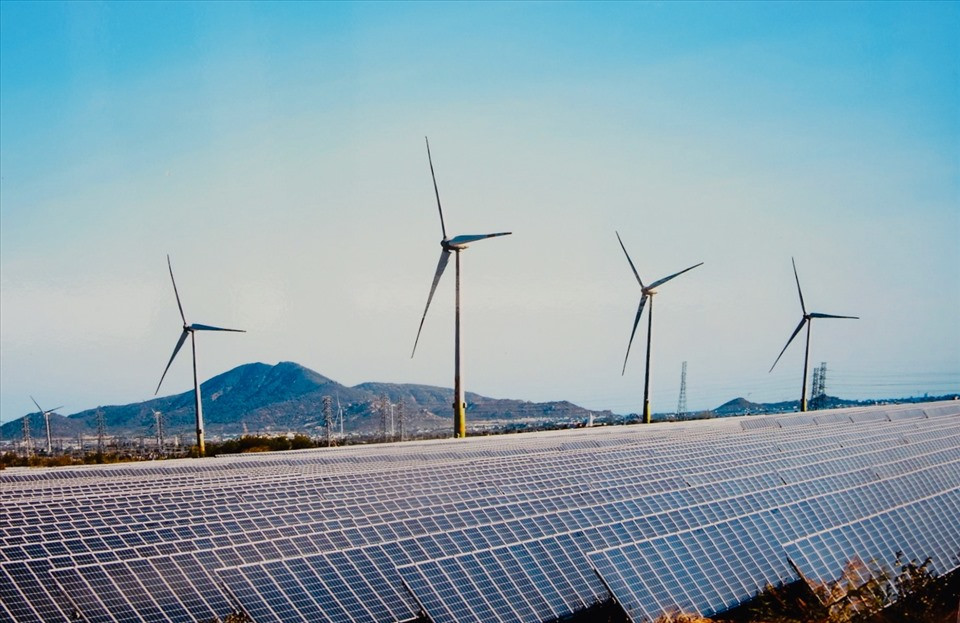
According to a recent power system simulation study Wärtsilä conducted for Vietnam, by investing in renewable energy sources supported by RICE flexible power plants and ESS energy storage batteries, Vietnam will be able to achieve net zero emissions by 2050, cutting the cost of electricity production (LCOE) by 20% compared to the business-as-usual scenario and avoiding nearly $28 billion in forecasted carbon taxes each year.
Build a future-ready power system
The journey to achieving Net zero is not necessarily easy and in fact, the past years have shown: We cannot predict exactly what is going to happen. Policymakers must therefore establish market conditions and policies that allow us to build flexibility into the electricity system today and ensure adaptability into the future.
Balancing renewable energy requires the combination of energy storage batteries and RICE flexible power plants. They work together to deal with variations by the second, minute, day, or season, while ensuring power source stability when renewable energy capacity fluctuates.
RICE internal combustion engine technology can also be converted to use hydrogen, or other sustainable fuels, in the future. These include fuels produced from surplus wind and solar energy, allowing for a completely closed renewable energy system, and avoiding waste of resources.
When compared to alternative solutions (such as gas turbines), RICE internal combustion engine technology is the optimal choice to support power systems that increasingly use renewable energy sources. This is because RICE plants can turn on, off, and rapidly increase and decrease generation capacity an unlimited number of times per day, and can maintain high efficiency and generation capacity at different load levels under harsh environmental conditions. That means they can better adapt to changes in renewable energy and meet the needs of the grid.
Three principles for building the flexible power system of the future
Based on its global experience, Wärtsilä proposes three important principles that policymakers can apply when designing Vietnam’s future power system.
First: We need to ensure that: Vietnam is choosing the right technology solution. The construction of wind and solar energy sources must be combined with RICE flexible power plants and ESS energy storage batteries to ensure system optimization at the lowest cost.
Second: We need to build electricity markets that support flexibility. For example, introducing a flexible source electricity price mechanism and developing an ancillary services market to ensure investors receive a return on investment, even when a plant has low operating hours with the aim of system balance goal. In addition, there needs to be an appropriate market mechanism for purchasing, using and paying for ancillary services. Providing a realistic price for ancillary services through auctions will increase incentives for generators to provide ancillary services and invest in building more RICE flexible power plants.
Third: We should shorten transaction and dispatch time, reduce the order matching cycle in the electricity market to 15 minutes, or even 5 minutes, instead of 30 minutes to be able to quickly react to changes unbalance. Energy trading and ancillary services should be co-optimized to ensure minimum total system costs.
Every second counts
In 1896, in a seminal article by Swedish scientist Svante Arrhenius predicted that: Changes in CO2 levels in the atmosphere could significantly change the Earth’s surface temperature through the greenhouse effect. More than 120 years later, we still cannot stop CO2 concentrations from increasing.
The window of opportunity to bring us to the goal of reducing emissions and preserving the green planet is gradually closing. At this time, we already have the technology, expertise, and finance to create a green future and there is not much time left because “every second counts”.
NICOLAS LEONG – DIRECTOR OF WARTSILA ENERGY (Northern and Northeast Asia)
Vina Aspire is a consulting company, providing IT solutions and services, network security, information security & safety in Vietnam. Vina Aspire’s team includes skilled, qualified, experienced and reputable experts and collaborators, along with major domestic and foreign investors and partners to join hands in building.
Businesses and organizations wishing to contact Vina Aspire Company with the following information:
Email: info@vina-aspire.com | Website: www.vina-aspire.com
Tel: +84 944 004 666 | Fax: +84 28 3535 0668
Vina Aspire – Vững bảo mật, trọn niềm tin

